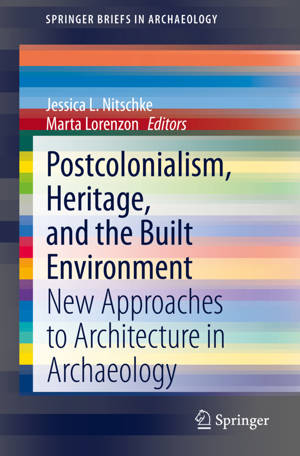
- Retrait gratuit dans votre magasin Club
- 7.000.000 titres dans notre catalogue
- Payer en toute sécurité
- Toujours un magasin près de chez vous
- Retrait gratuit dans votre magasin Club
- 7.000.000 titres dans notre catalogue
- Payer en toute sécurité
- Toujours un magasin près de chez vous
Postcolonialism, Heritage, and the Built Environment
New Approaches to Architecture in Archaeology
Description
This book proposes new ways of looking at the built environment in archaeology, specifically through postcolonial perspectives. It brings together scholars and professionals from the fields of archaeology, urban studies, architectural history, and heritage in order to offer fresh perspectives on extracting and interpreting social and cultural information from architecture and monuments. The goal is to show how on-going critical engagement with the postcolonial critique can help archaeologists pursue more inclusive, sensitive, and nuanced interpretations of the built environment of the past and contribute to heritage discussions in the present.
The chapters present case studies from Africa, Greece, Belgium, Australia, Syria, Kuala Lumpur, South Africa, and Chile, covering a wide range of chronological periods and settings. Through these diverse case studies, this volume encourages the reader to rethink the analytical frameworks and methods traditionally employed in the investigation of built spaces of the past. To the extent that these built spaces continue to shape identities and social relationships today, the book also encourages the reader to reflect critically on archaeologists' ability to impact stakeholder communities and shape public perceptions of the past.
Spécifications
Parties prenantes
- Editeur:
Contenu
- Nombre de pages :
- 141
- Langue:
- Anglais
- Collection :
Caractéristiques
- EAN:
- 9783030608576
- Date de parution :
- 12-01-21
- Format:
- Livre broché
- Format numérique:
- Trade paperback (VS)
- Dimensions :
- 196 mm x 234 mm
- Poids :
- 226 g






